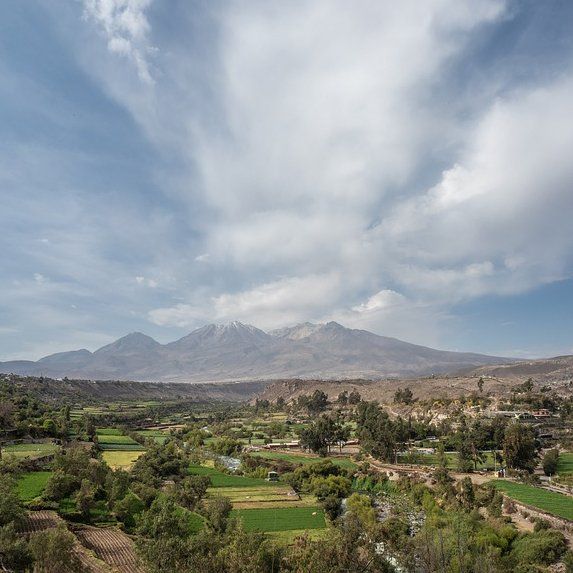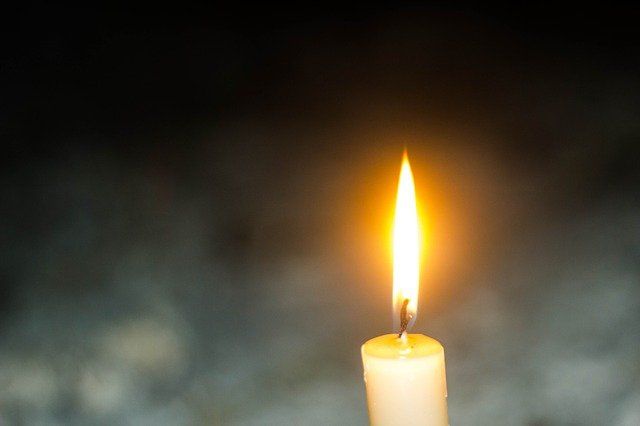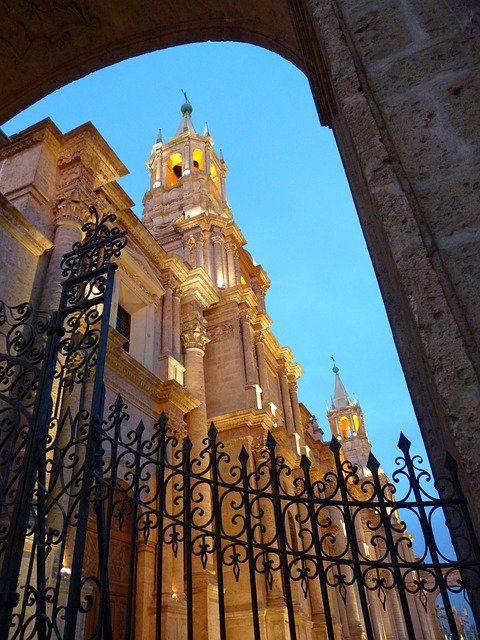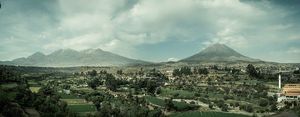
It’s Saturday afternoon. The minibus is loaded up and we set off into the country south of Arequipa to take a children’s meeting in the Pueblo Joven (new township) of San Pedro de Tiabaya. But this was not to be a normal Saturday afternoon children’s meeting.
Arriving at the community hall, we found the children thronging as usual round its doors. But as we entered we were confronted with a small group of mourners gathered round a tiny, crudely constructed, white casket.
Funeral
Carmen, a young girl of no more than twenty, was a regular attender at our meetings. Her two-year-old son, Jaime, had died in the night, after struggling for a week against a common cold.
The little coffin lies on a bench. A brick on the floor serves as an altar for burning candles, and a small bunch of flowers, hastily arranged in an old lemonade bottle, sits at its feet.
It is a moment filled with poignancy; lost souls saying a final farewell to this little life. No one knows quite what to do, so one of our missionaries, Ronny Tipismana, a young Peruvian pastor with a burning zeal for the Lord and a passion for the lost, steps into the gap.

He quietly opens the Word of God. He shares with those present the old, old story of the one who left heaven’s glory and came to earth to shed his blood on the cross of Calvary to redeem sinners from a lost eternity.
Commending all present to God’s grace, it was he who carried the baby’s coffin to the cemetery and pointed souls once more to Christ while the child’s tiny body was laid to rest.
Quechua
Life is not easy for the people of these shanty towns. Their homes cling to rocky outcrops, surrounded by fields growing crops of onions, garlic and celery. Electricity, water and sewage systems are just beginning to appear in their villages. Their homes give little shelter from the bitter winter nights, eight thousand feet up in the Andes mountains of South Peru.
Most of the people living here are Aymara or Quechua Indians who have migrated from the high Andean plains to the cities nearer the coast, bringing with them many of the ancient animistic customs of their people.

The people of Arequipa, the second largest Peruvian city, are famed for their devotion to Roman Catholicism. The month of May sees worshippers from all parts of Peru flocking to Arequipa to pay homage to a statue of the Virgin Mary — the Virgin of Chapi, ‘mother’ of Arequipa.
This is the city and the people the Lord has called us to serve. They are religious in the extreme, but know little of the ‘pearl of greatest price’, and the redeeming grace of our Lord Jesus Christ.
Beautiful feet
For eight months now we have been labouring here, preaching the gospel in two very different areas, amongst two very different peoples. In Simon Bolivar, a city suburb in the north of Arequipa, the people are staunchly Roman Catholic, with all the idolatry and superstition that implies. In San Pedro de Tiabaya, the dwellers of this rural community are locked in the darkness of their animistic beliefs.
We have been conscious of God ‘going before’ us and blessing our initial efforts. We have had the joy of seeing souls coming to know and love the Lord. The nucleus of a small church is being established in Simon Bolivar.
But how our hearts yearn for the Peruvian Indians of the Pueblos Jovenes and isolated mountain villages, who have yet to hear of the Saviour’s love!
‘And how shall they believe in him of whom they have not heard? And how shall they hear without a preacher? And how shall they preach except they be sent? As it is written, how beautiful are the feet of them that preach the gospel of peace and bring glad tidings of good things’ (Romans 10:14-15).
Please pray with us that the light of the gospel may shine forth clearly in this part of the vineyard, and that the church may grow to be a strong and vital witness to this people.






